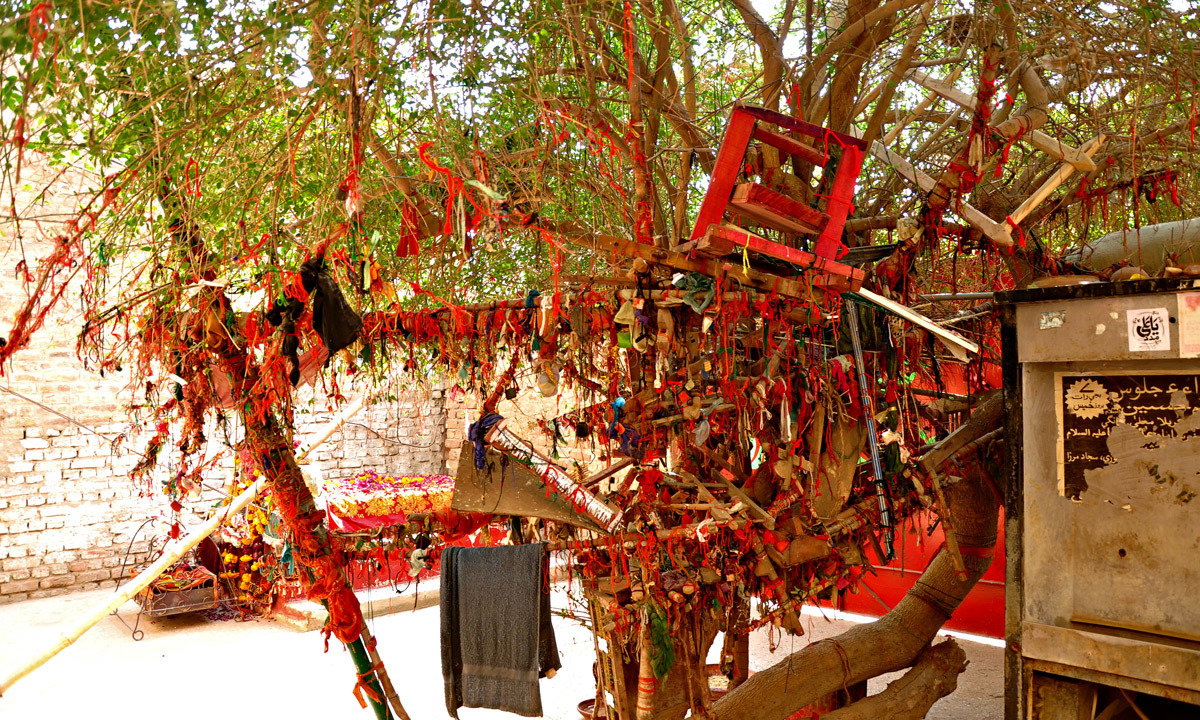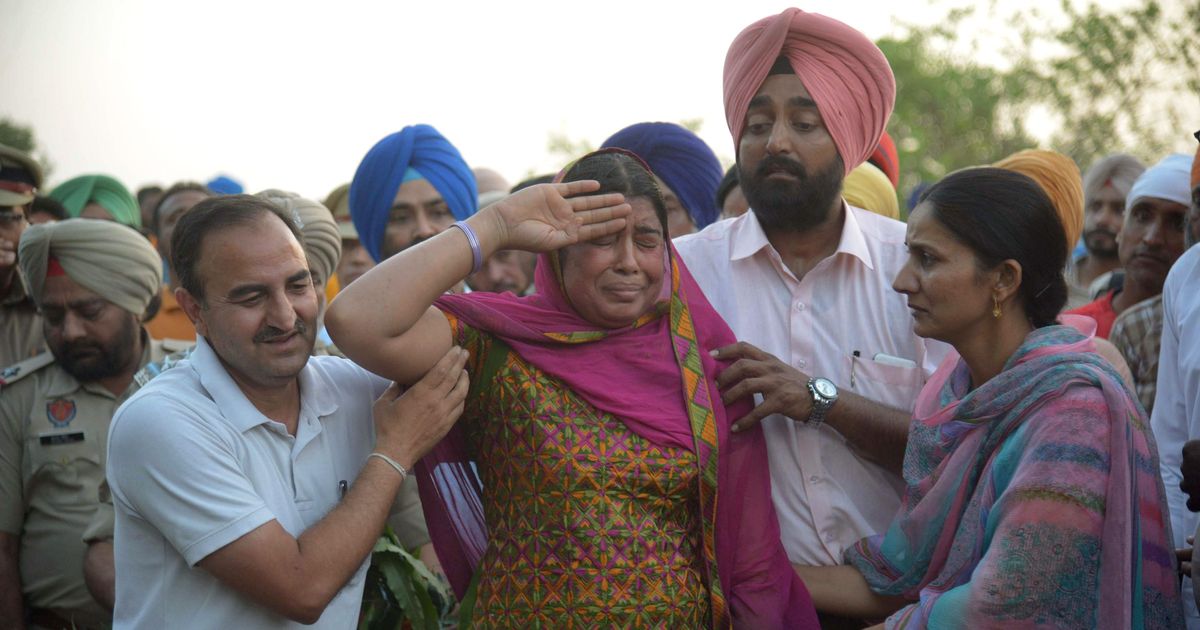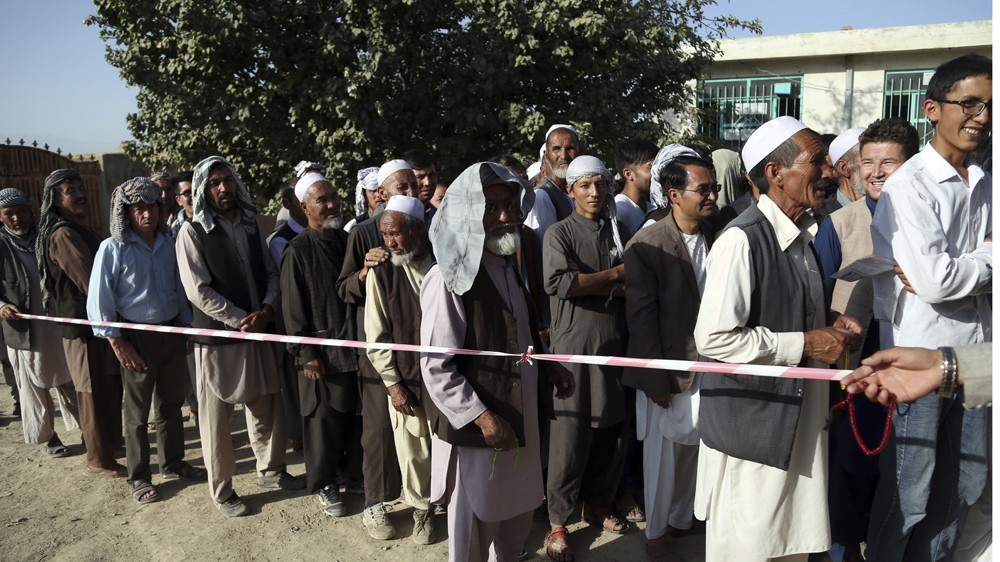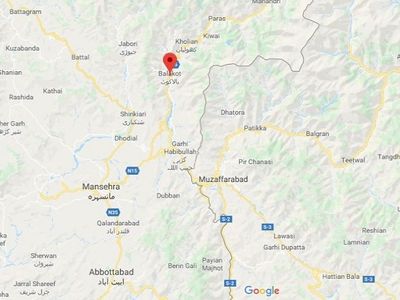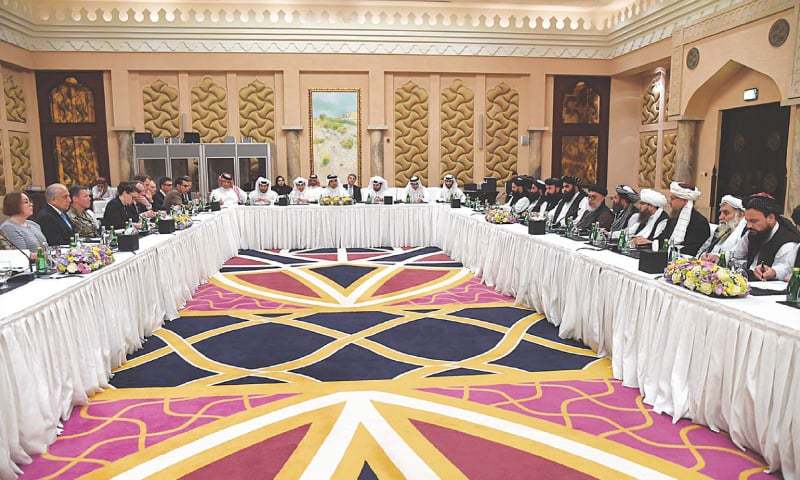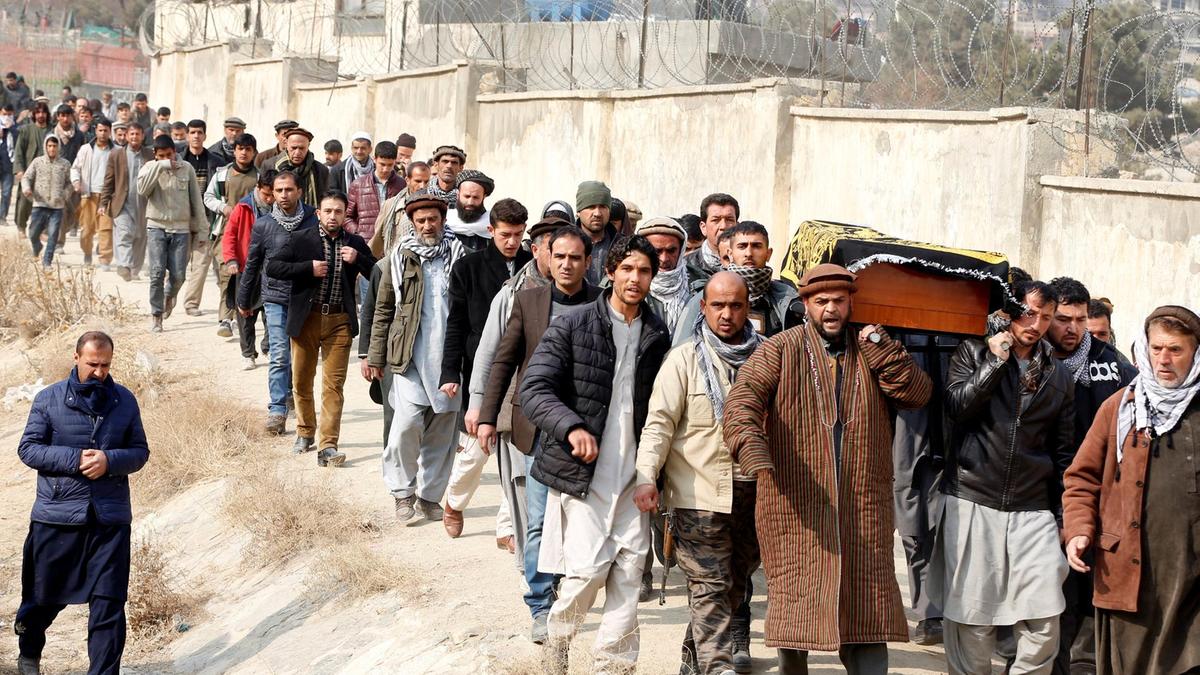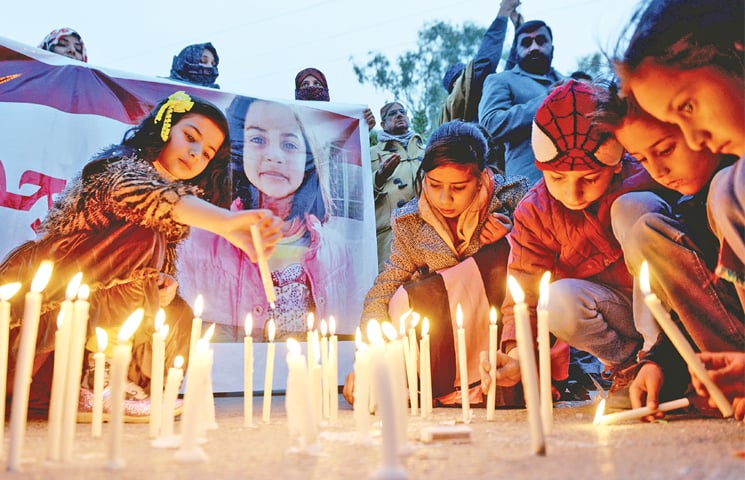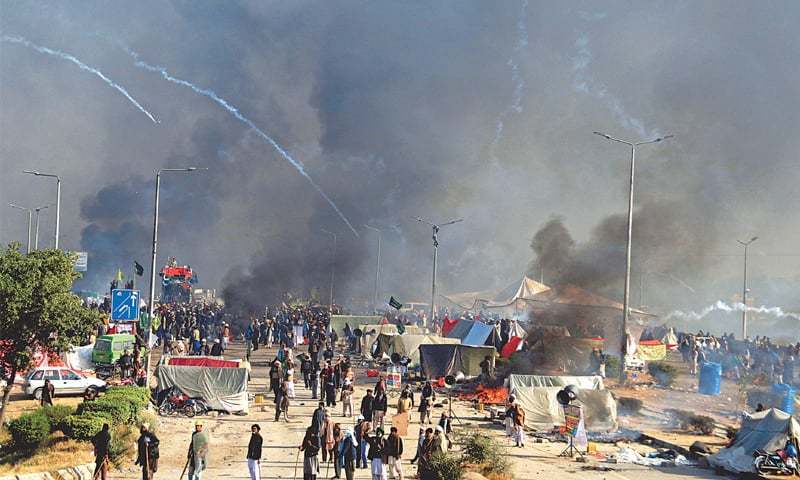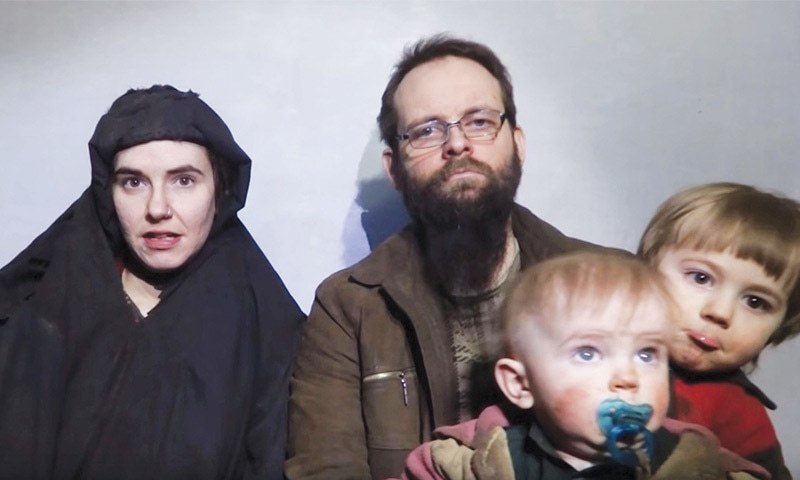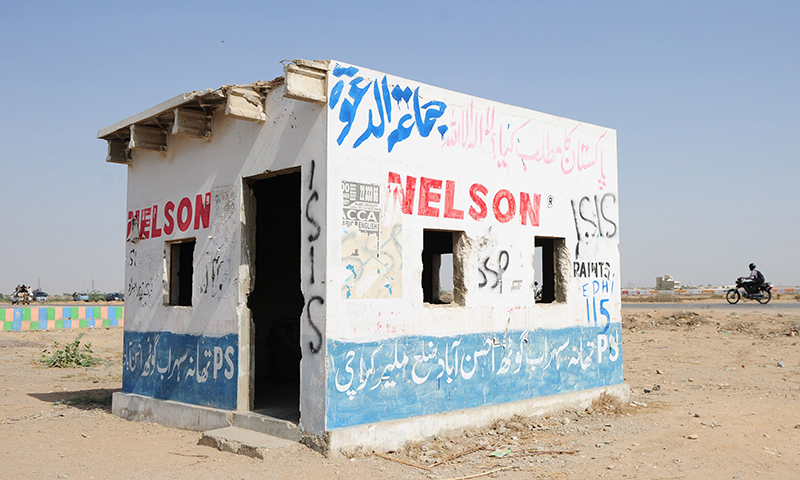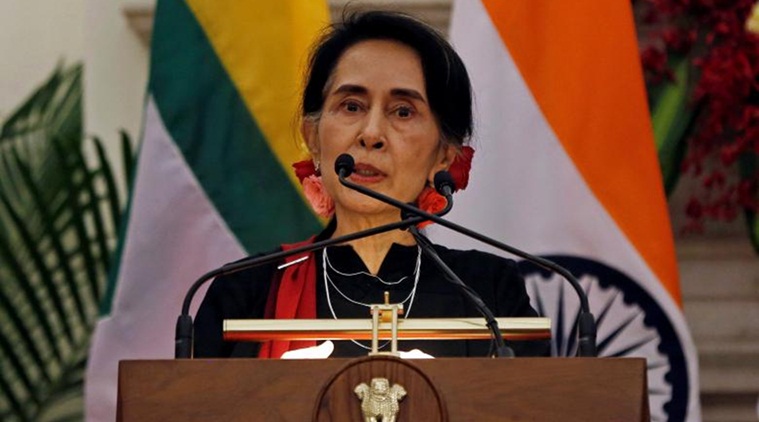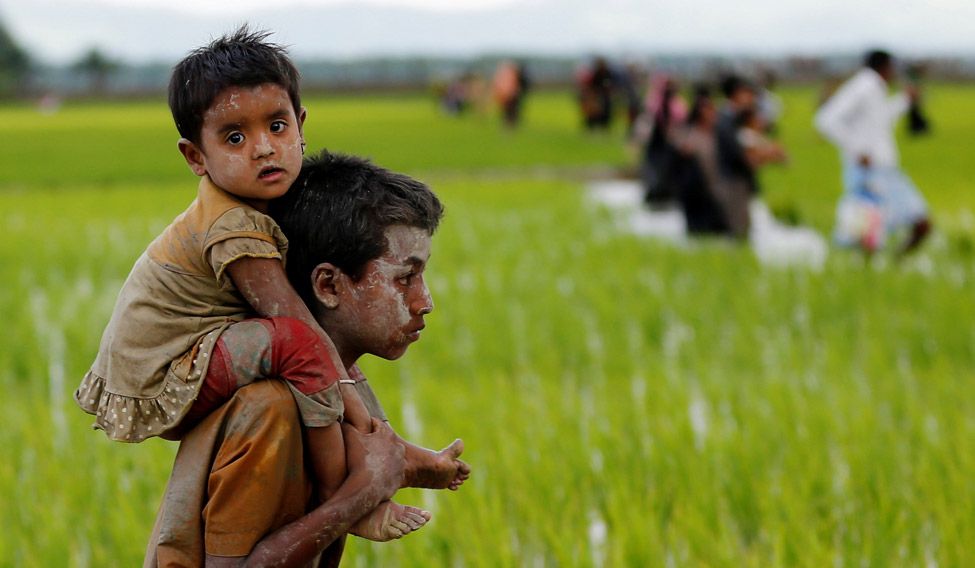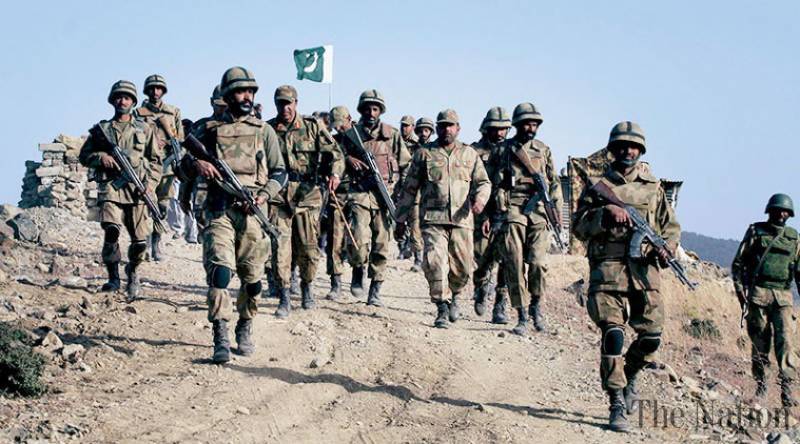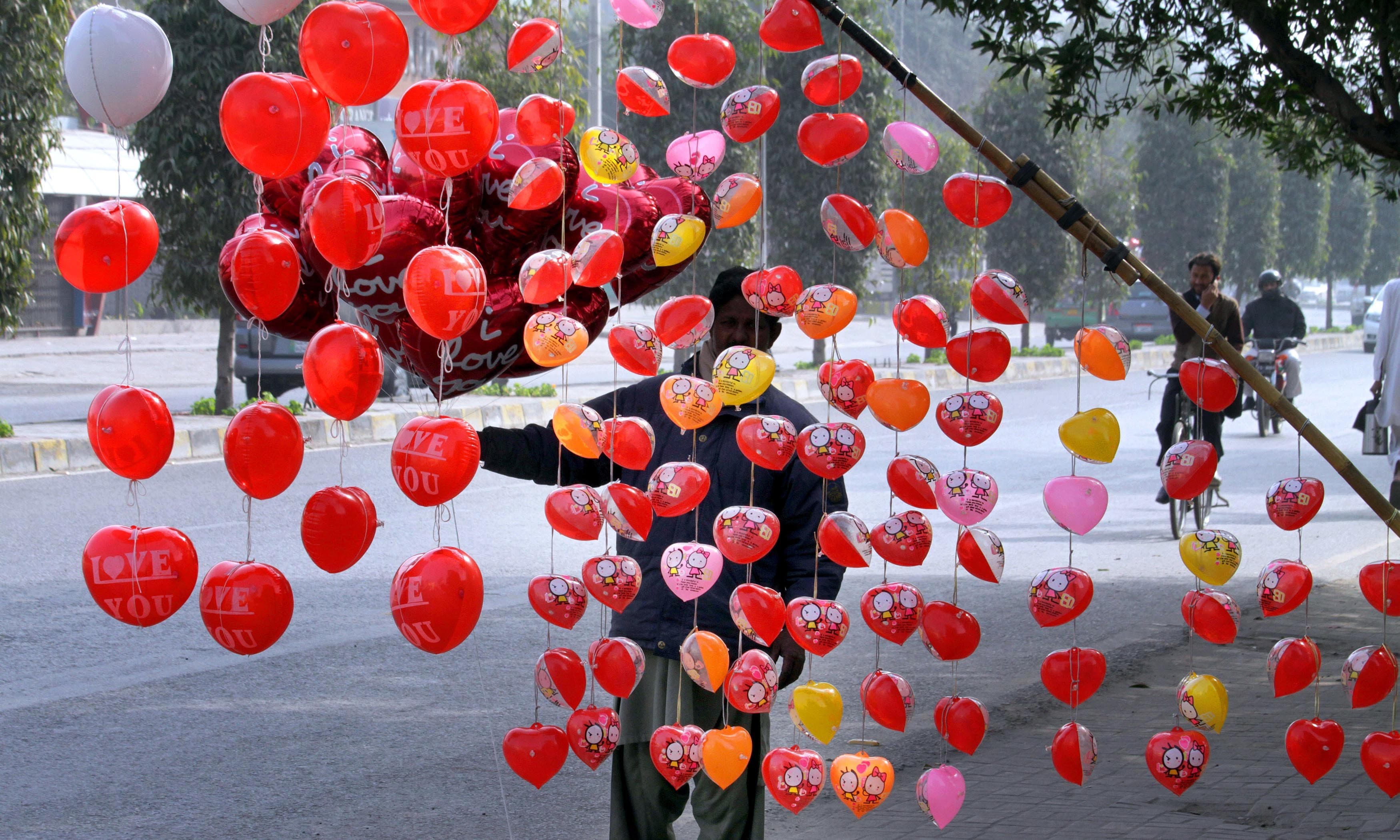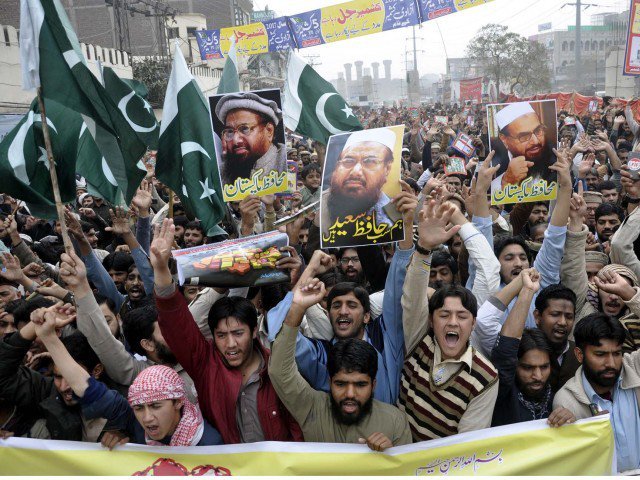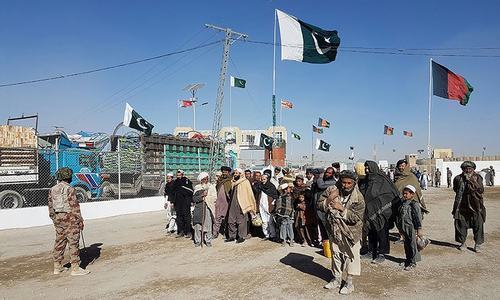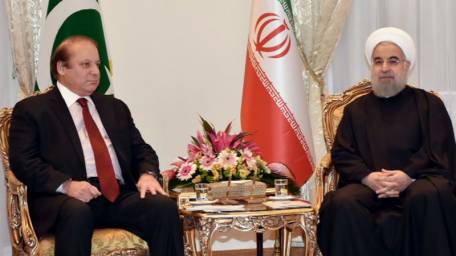CR Analysis
D. Suba Chandran
Professor
International Strategic and Security Studies Programme (ISSSP)
National Institute of Advanced Studies (NIAS), Bangalore
The attack on Amarnath Yatra pilgrims in J&K recently has revived the debate on the Kashmiriyat and how such violence in a Sufi society is unacceptable. During the recent years, there have been multiple inputs/debates on the Kashmiriyat and the attacks against it. While a section swears by it, a section is worried about its erosion. A cynical perspective even takes this debate to the extreme and has proclaimed its end.
Can social codes, such as the Kashmiriyat, which has formed the essence and fabric of a population in a geographic space for many generations and hundreds of years - come to an end with few militant attacks, and developments in two decades? Are we too cynical, and look at issues from a narrow and contemporary perspective, without understanding the strengths of our society?
Or, should we take a bird’s view of developments, and look at what is happening within a particular geographic space (in this context – J&K) in relation with the neighbouring regions? What if, there is a larger pattern, which one has to take into account while trying to find answers to questions in an immediate environment?
Perhaps, we should avoid taking extreme views about the strength our social codes and analyse it from contemporary threat and issues, and how best we could protect and save our heritage, so that it continues to secure our future generations. If we fail to appreciate the contemporary challenges and either be over confident of our history, or too cynical about our present, we may fail to save our future.
Our Social Codes: A Bird’s-eye View
During the last two decades, there is something cynical taking place in the region – starting from Kashmir all the way upto Kabul in the West, and perhaps, even to Colombo and Male in the South. For the purpose of this analysis, let us concentrate more on the Kashmir-Kabul region.
Afghanistan, especially its southern parts, and across the Durand Line into the Federally Administered Tribal Agencies (FATA) and Khyber Paktunkwa – all the way up to Karachi, the Pashtuns have always taken pride about their own social code – the Pashtunwali. Within Pakistan, especially in Sindh and rural Punjab, the local society has been more drawn towards Sufism. From Pashtuns to the Sindhis, the local societies, cutting across ethnic and linguistic boundaries – have remained predominantly Sufi. Shrines of numerous Sufi saints in Sindh and Punjab, even today drawn the people. Despite the mushrooming of youth centering their attention and expressing through emails, facebooks, selfies and hashtags, these social codes continue to remain the bed rock of the societies. Until now.
During the last few years, there has been a deliberate attack on these social codes. In fact, it originated few decades ago, with the Soviet Union invading Afghanistan, and the US and Pakistan trying to use religion to fight a political war against communist Russia. Though the Afghan invaders from tenth century did use the religion for their campaigns into pre-Mughal and Mughal India, it was more symbolic than real. The use of “jihad” and arming the mujahideen did create the first major dent on the social code of Pashtunwali across the Durand Line.
The Pashtun communities, though divided highly on tribal and sub-tribal lines, Pashtunwali remained the biggest societal glue. A Pashtun would never give up Pashtunwali. Of course, many sociologists and modernists did and do question some of those practices, which were carpeted under the Pashtunwali; however, the Pashtun social code remained a great cohesive force across the Durand Line and within the tribal and sub-tribal divides.
If the US led – Pakistani supported jihad in Afghanistan started a new process in the 1980s and the late 1990s, creation of Taliban in the late 1990s and the use of religion as defined by Mullah Omar ruptured a code, that the Pashtuns were celebrating for centuries and generations. Mullah Omar and his band of Mullahs and fighters, had a narrow interpretation of the religion. A society that was led by tribal elders, suddenly started looking at a new leadership led by the Mullahs and young Taliban fighters. The religion became the predominant force than the social code.
In J&K, a similar process happened in the 1990s led by violence and fighters from across the border. A series of violent incidents in the 1990s jolted the great social code of the Kashmiris – the Kashmiriyat. While a section of those fighting for a Kashmiri cause from the Valley were also accused of using violence to undermine the larger Kashmiri social code, the society at large was extremely apprehensive of any expresson that would undermine the Kashmiriyat. To a large extent, it was this respect for the social code by the local community that abhorred violence led to its decline during the last decade.
New Forces in Play
While it is easy to blame the US and Russia for being the root cause of violence in this region, today, there are more actors and new worries. We as a society will have to understand these new developments dis-passionately and look at the threat to the social codes, than carpeting them under. A section today, does not want to accept that our social codes are under stress, because it would be politically incorrect. A section does not want see the new strains, because they don’t want to; this section would want to live in an illusionary world, that come what may, our social codes are strong and would not get diluted.
There are serious issues that we need to address. First, there is a deliberate state project to undermine this social code, for the former sees the latter as a threat to its own objectives. For example, the State in Pakistan sees Pashtunwali a threat across the Durand Line. If it could build a religious identity over a sociological one, it would help them to expand their legitimacy into what is essentially seen as a tribal land. So, if the Taliban and the TTP are trying to change the nature of society by imposing radical religious values, the State in Pakistan would prefer to ignore. The reason is simple; a social code is much more dangerous than the Taliban and the TTP.
Second, the new generation, that has only witnessed violence in their youth has not experienced and be a part of societal exercises and bonhomie. This new section, for example in Kashmir Valley, may not have seen the multi cultural aspects of the society – in terms of festivals, functions and celebrations – both social and religious.
Third, cutting across the ethnic boundaries, there is a new and artificial fear being created by a section – leading to us vs them. The “us” is projected as a pristine one, and “them” as an outsider, or those who have joined the outsiders and therefore cannot be trusted.
Fourth, there is another external force, this time from the Middle East (and not the US) – through its radical ideologies and groups trying to undermine our own codes, for our practice does not fit theirs. Our expressions are seen as corrupt and hence need to be corrected. Perhaps, there is a larger project to homogenise us.
Perhaps, there are more reasons. We need to invest our time and our intellect to analyse what is happening around. We also need to forecast, where we are heading towards. If we realise, our present is going to impinge on our future, then we have to make cold calculations and ask tough questions. Our social codes have protected us so far, and have made us unique. It is our turn to secure them and ensure, it continues to keep our future generations sound, social and humane.
The above was originally published in the Rising Kashmir
